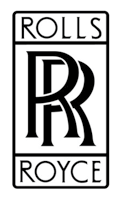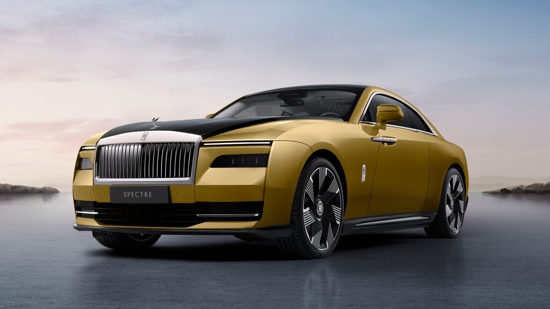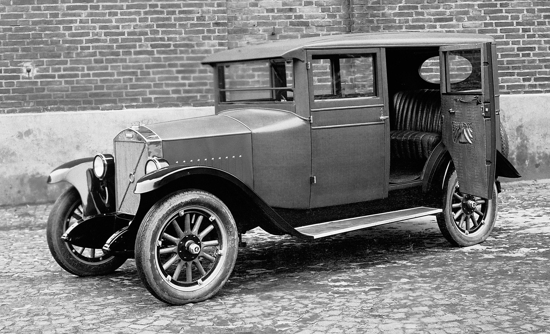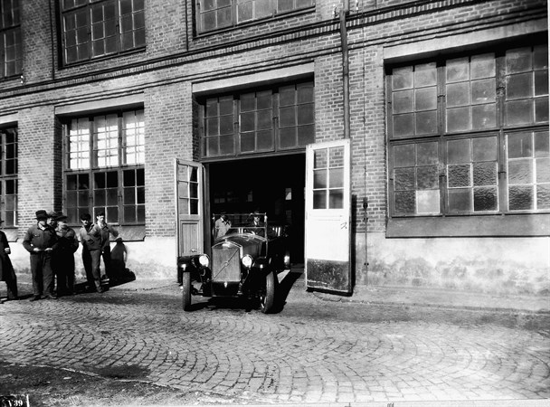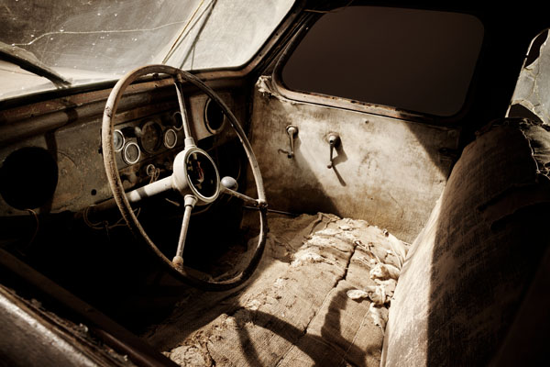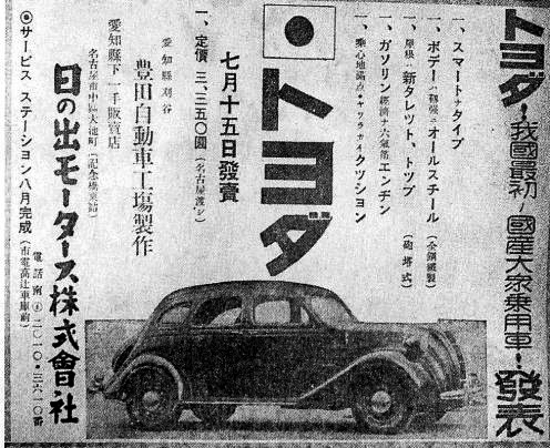 |
| S.S. Jaguar logo 1935. The first car launched with the Jaguar brand was the "S.S. Jaguar 2.5 litre Saloon", unveiled at the Mayfair Hotel London, September 21, 1935; but the first car ever produced by the same company - S.S. Cars Limited, later Jaguar Cars Limited - was the 1932 "S.S. 1", or "S.S. One", debuted at the London Motor Show in October 15 to 24, 1931. |
Name: "S.S. 1"
Category: Cars
Subcategory: Sports car
Designers: William Lyons and William Walmsley
Producer: S.S. Cars Limited (founded by Sir William Lyons on October 26, 1933, as the result of the Swallow Sidecar Company formed with co-founder William Walmsley on September 2, 1922)
Production start: 1932 - Foleshill, Coventry, England - Debut as coupé car at the London Motor Show in October 15 to 24, 1931, Olympia, West Kensington
Discontinued: 1936
First price: 310 GBP
Features: For detailed specifications see the 1931 official brochure in Pdf below
Interesting facts: In 1922, two motorcycle enthusiasts, William Lyons and William Walmsley, founded the Swallow Sidecar Company, a British manufacturer of motorcycle sidecars and automobile bodies in Blackpool, Lancashire (later Coventry, Warwickshire). After some name changes - Swallow Sidecar and Coachbuilding Company, and Swallow Coachbuilding Company, during which the company diversified by bodying existying cars with more fashionable coachworks, William Lyons decided to become a car manufacturer in his own right. So, in October 1931, Lyons revealed his "S.S. 1" coupé at the London Motor Show. The engines and chassis supplied by the Standard Motor Company were fitted with Swallow bodies styled under Lyons supervision. The body was ultra low and the bonnet outrageously long. It had, stated the press, the £1,000 look, yet was priced at a very modest £310, highlighting Lyons' unique ability to offer remarkable value for money. The first two S.S. cars available to the public was the 1932 S.S. 1 with 2-litre or 2.5-litre side-valve, six-cylinder engine and the S.S. 2, a smaller version based on the Standard Nine chassis, with a four-cylinder 1-litre side-valve engine. A much improved S.S. cars followed in 1933, Saloon and Tourer models were introduced, and in the same year William Lyons formed S.S. Cars Limited. Jaguar brand first appeared in September 1935, as a model name on an S.S. 2.5-litre saloon presented at the Mayfair Hotel London. The company's name changed from S.S. Cars Limited to Jaguar Cars Limited in 1945.
Slogan (July 1931): «WAIT! THE "SS" IS COMING»
Property: S.S. Cars Ltd. - Jaguar Cars Ltd. - Jaguar Land Rover Ltd.
Producer website: https://www.jaguar.com
 |
| S.S. 1 announcement (The Autocar magazine, July 1931). «WAIT! THE "SS" IS COMING - 2 New Coupés of Surpassing Beauty. - S.S. is the new name of a new car that's going to thrill the hearts of the motoring public and the trade alike. It's something utterly new ... different ... better! Long ... low ... very low ... and very FAST! At the Show, or before, two S.S. Coupés of surpassing beauty will be presented. WAIT ... THE S.S. IS COMING» - The show to which the announcement referred was the London Motor Show, Olympia, West Kensington, where the S.S. 1 debuted together with a smaller version called S.S. 2, October 15 to 24, 1931. |
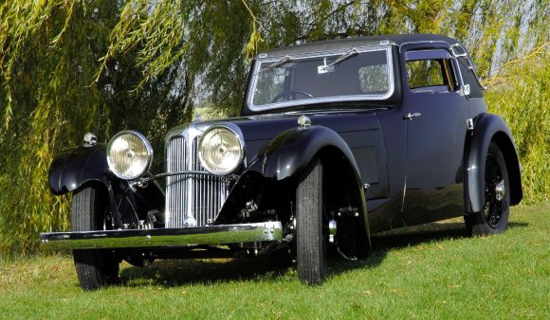 |
 |
 |
 |
 |
 |
| S.S. 1, the first car by S.S. Cars Ltd., later Jaguar Cars Ltd. (1932, restored) |
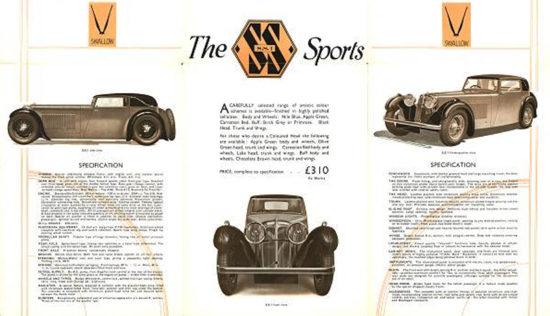 |
| S.S. 1 official brochure in Pdf (1931) |
 |
| S.S. 1 advertisement (The Autocar magazine, June 10, 1932) |
 |
| S.S. Jaguar 2.5 litre Saloon, the car that inaugurated the Jaguar brand (1935) |
 |
| S.S. Jaguar 2.5 litre Saloon, debut at the Mayfair Hotel London (September 21, 1935) |
 |
| S.S. Jaguar 2.5 litre Saloon advertisement (The Autocar magazine, October 18, 1935) |
 |
| Sir William Lyons (Blackpool, Sept. 4, 1901 - Warwickshire, Feb. 8, 1985), known as "Mr. Jaguar", entrepreneur, co-founder of the Jaguar company, and designer of the early Jaguar models |
 |
| Jaguar 75th Anniversary (1935-2010). On September 18, 2010, 75 iconic Jaguars started a two-day trek in Coventry to celebrate 75 years of Jaguar brand history. |

